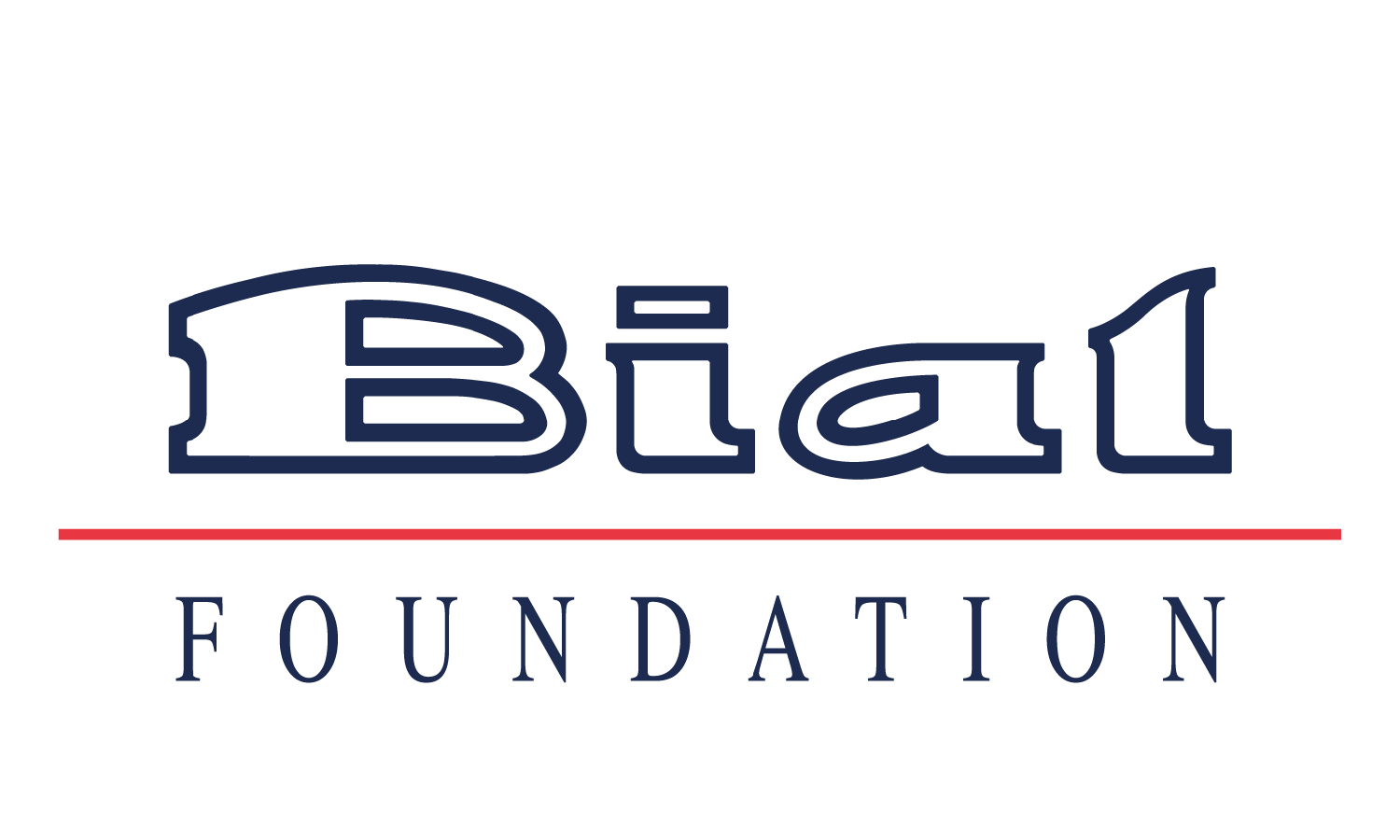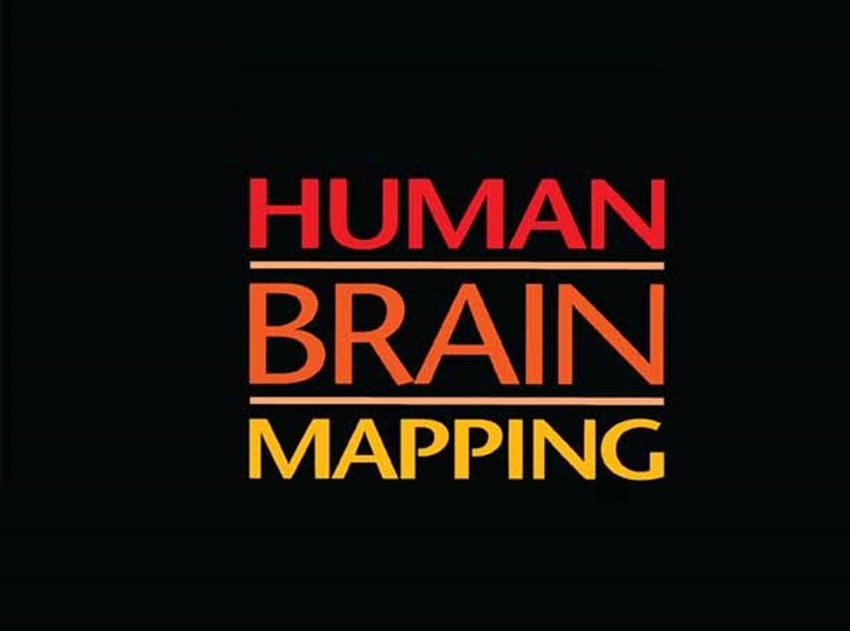In the scope of the research project 195/16 - The sense of self: A neuroimaging study of interactions between intrinsic and extrinsic self networks supported by the BIAL Foundation, the research team led by Sjoerd Ebisch published the paper Brain network profiling defines functionally specialized cortical networks in the journal Human Brain Mapping.
Neuroimaging research made rapid advances in the study of the functional architecture of the brain during the past decade. Many proposals endorsed the relevance of large-scale brain networks, defined as ensembles of brain regions that exhibit highly correlated signal fluctuations. However, analysis methods need further elaboration to define the functional and anatomical extent of specialized subsystems within classical networks with a high reliability. We present a novel approach to characterize and examine the functional proprieties of brain networks. This approach, labeled as brain network profiling (BNP), considers similarities in task-evoked activity and resting-state functional connectivity across biologically relevant brain subregions. To combine task-driven activity and functional connectivity features, principal components were extracted separately for task-related beta values and resting-state functional connectivity z-values (data available from the Human Connectome Project), from 360 brain parcels. Multiple clustering procedures were employed to assess if different clustering methods (Gaussian mixtures; k-means) and/or data structures (task and rest data; only rest data) led to improvements in the replication of the brain architecture. The results indicated that combining information from resting-state functional connectivity and task-evoked activity and using Gaussian mixtures models for clustering produces more reliable results (99% replication across data sets). Moreover, the findings revealed a high-resolution partition of the cerebral cortex in 16 networks with unique functional connectivity and/or task-evoked activity profiles. BNP potentially offers new approaches to advance the investigation of the brain functional architecture.





































































